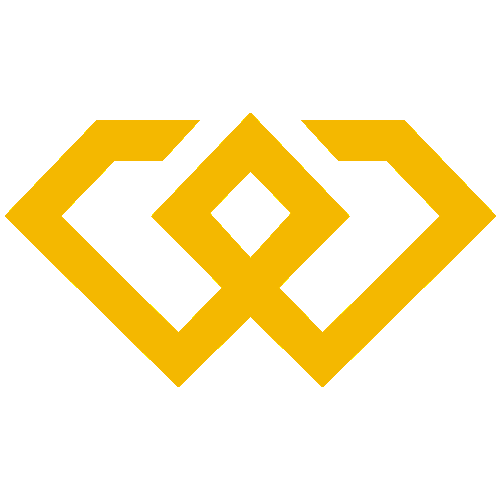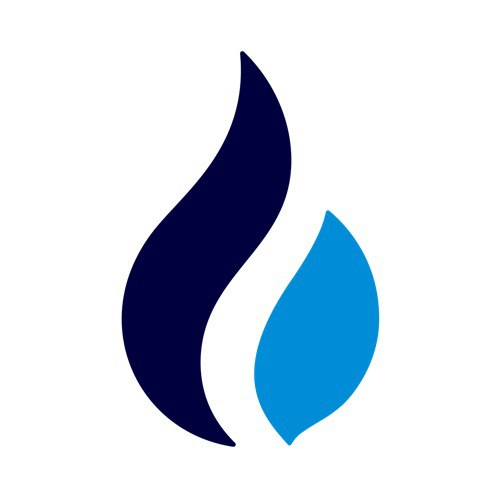
ZERO
项目开始时间

2024年5月6日
关于
1. Background IntroductionZeroLend is a decentralized lending protocol built on zkSync Era, focusing on permissionless and efficient borrowing/lending services. The website highlights its mission to democratize access to decentralized finance (DeFi) by leveraging zero-knowledge proof technology. Operating as a community-driven project, ZeroLend emphasizes transparency and composability within the zkSync ecosystem. The platform primarily targets DeFi users seeking low-cost lending solutions with Ethereum-level security. Key partnerships with zkSync and other Layer 2 projects are prominently displayed.2. Website Core ContentThe homepage features three main components: Lend/Borrow interface (showing real-time APYs), Liquidity Mining dashboard (displaying reward distributions), and Governance portal (with active proposals). Navigation includes Markets (listing supported assets), Analytics (showing protocol health metrics), and Docs (technical documentation). The platform currently supports 15+ ERC-20 tokens with dynamic interest rate models. Interactive elements include a risk calculator and collateral ratio simulator.3. Technical FeaturesZeroLend utilizes zkSync's zkRollup technology for scalable transactions with ~90% lower fees than Ethereum mainnet. Smart contracts implement isolated lending pools to contain risks. Technical docs describe an adaptive interest rate algorithm based on utilization rates. The UI integrates WalletConnect for seamless onboarding. Security features include circuit breakers for extreme volatility and a 24-hour timelock on critical parameter changes. The protocol has undergone two audits by PeckShield.4. Token EconomicsThe native ZERO token (ZK-20 standard) serves multiple purposes: governance voting (with veZERO lockups), fee discounts (up to 30%), and liquidity mining incentives. Total supply is capped at 1 billion tokens with 55% allocated to community rewards. The dashboard shows emission schedules and real-time burn metrics (2% of fees). Staking offers variable APRs currently at 22%. Tokenomics include a buyback mechanism funded by 15% of protocol revenue.5. Similar Competitor ComparisonCompared to Aave: ZeroLend offers lower fees but has fewer integrated chains. Versus Compound: ZeroLend's zkRollup implementation provides faster finality. Against dForce: ZeroLend shows more advanced risk isolation features. When benchmarked against Euler, ZeroLend currently has less sophisticated permissionless listing mechanics but superior capital efficiency metrics for blue-chip assets.6. Risks and ChallengesDocumented risks include: smart contract vulnerabilities (despite audits), reliance on zkSync's sequencer, and potential liquidity fragmentation across Layer 2 solutions. The risk parameters page shows conservative LTV ratios (max 75% for ETH). Governance discussions reveal concerns about bootstrap liquidity. The protocol maintains a $500k insurance fund but acknowledges coverage gaps for extreme events. Regulatory uncertainty around zkRollups is noted in disclaimers.7. Industry FutureRoadmap highlights: Q4 2023 - Cross-chain lending via LayerZero; Q1 2024 - Institutional vaults; Q2 2024 - Native stablecoin integration. GitHub activity shows ongoing work on gas-optimized liquidations. The team is researching privacy-preserving credit scoring. Job listings indicate hiring for zkCircuit specialists. Regulatory section mentions engagement with EU's MiCA framework. A whitepaper update proposes "zkLend" - combining zkProofs with undercollateralized loans.8. SummaryZeroLend demonstrates strong potential as a capital-efficient Layer 2 lending protocol with three key advantages: zkRollup scalability, robust risk management, and community-aligned tokenomics. Primary limitations include: nascent ecosystem dependencies, relatively untested liquidation mechanisms during congestion, and competition from established players. Its success hinges on achieving critical liquidity thresholds while maintaining security. The project's trajectory aligns well with industry trends toward scalable DeFi and institutional-grade infrastructure. 更多>





































 看多
看多
 看空
看空